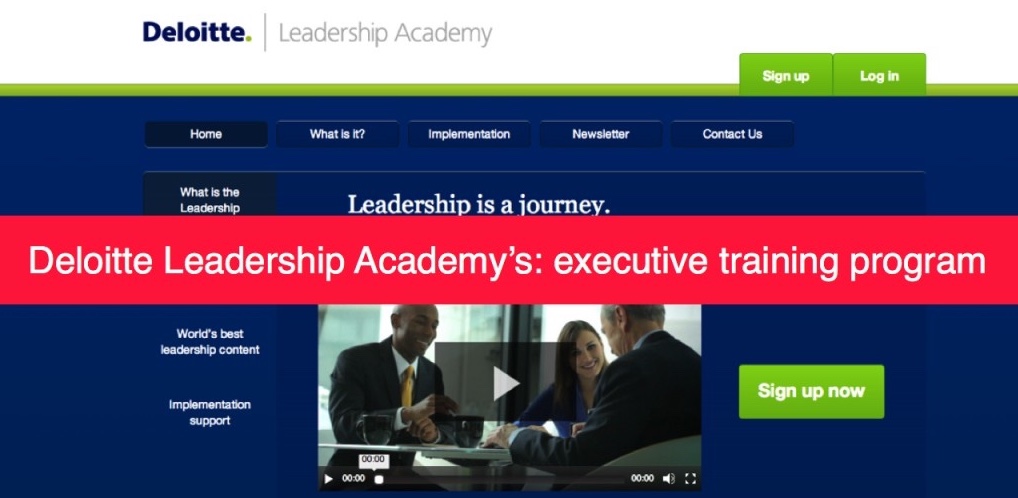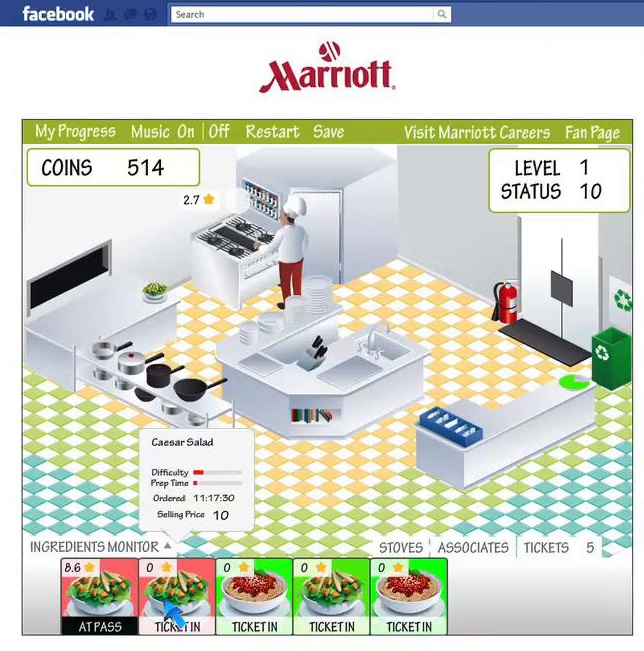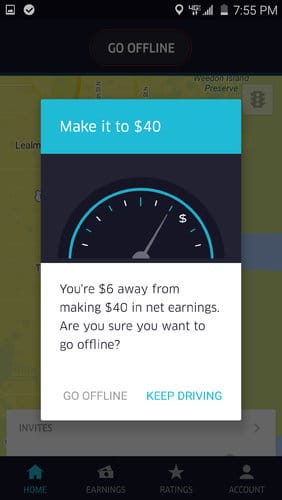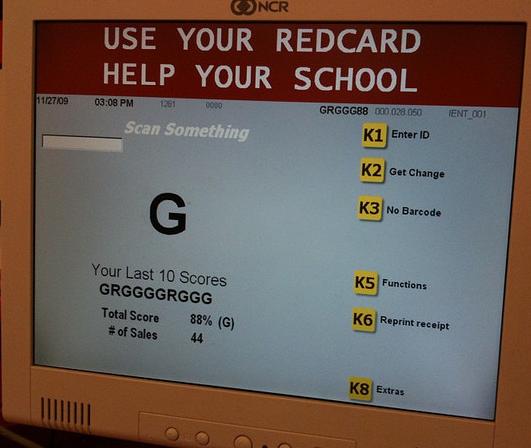
[Source]
Games tap into our inner desire to challenge ourselves. We love the thrill of scoring points and getting to the next level.
But games don’t always have to be a distraction from our everyday lives—they can actually make us more productive when used properly. Using a gamification strategy, you can help your employees get more done at work.
We’ve used psychologist Victor Vroom’s Expectancy Theory to explain how games can help your employees perform better. The theory includes three variables—expectancy, instrumentality, and valence—that describe how motivated employees are to do their job.
We broke down these three variables to help you design a gamification strategy that helps motivate your employees—instead of distracting them.
Expectancy: Instill Confidence Through Gamified Training
Expectancy is how confident your employees feel that they can complete the work you assigned them. It inspires them to put in the effort they need to get everything done because they see the link between their efforts and the end result—they work harder because they know their work won’t be wasted.
You can use educational games to increase expectancy at your company. By building skills through games, your employees become more confident—and get to have fun. One study showed that simulation-based learning is a highly effective training tool, even with complicated medical procedures.
Accounting firm Deloitte uses a gamified training program to increase expectancy at their company. When they first introduced their training program, there were no incentives to complete it—so they created the Deloitte Leadership Academy to reward employees for successfully completing their training courses.

[Source]
As a result, they found that their employees took 50% less time to finish the course with the gamified elements than they did before. It also encouraged 46.6% more employees to use their training program on a daily basis.
But the game has to properly test employee skills
While gamified training is effective, you have to make sure it actually trains your employees.
Marriott’s Facebook game for hotel management training, My Marriott Hotel, was great in theory for learning how to manage a hotel restaurant kitchen. Players created their own virtual restaurant, budgeted equipment, and ingredients, hired and trained kitchen employees, and served guests. They earned points for happy customers and lost points for poor service.

[Source]
But it fell short in practice because it didn’t accurately simulate proper hotel management—it focused on preparing food in the kitchen rather than working the front desk or managing a team of housekeepers. The game was discontinued.
For gamification to be effective, you must test the skills your employees actually need to complete their jobs. When the game tests relevant skills, it can instill confidence—instead of being a distraction.
Instrumentality: Drive Employee Performance Through Incentives
Instrumentality is how likely your employees believe that their performance will lead to a reward. For example, your sales representative will want to close more deals if he knows that he’s going to get a bigger bonus or commission when he reaches a certain threshold.
Engine Yard increased the response rate for its customer service representatives by 40% after creating a response time leaderboard. Employees competed for the top spots, and the public status was a visible reward that they knew they’d get from their performance.
Instead of having management look over their work occasionally (or not), they knew they would be publicly praised for their achievements—which drove them to work harder. You can increase instrumentality in your own gamification strategy by having a public leaderboard or announcing when specific employees meet performance goals.
When instrumentality leads to excess productivity
But when employees are repeatedly putting in extra work just so they can unlock the next reward, they could get caught in a ludic loop—where they’re endlessly striving for the next goal just beyond their reach and eventually burn out.
Uber taps into this instrumentality principle to encourage drivers to stay on the road and offer more rides. When drivers are about to log out, they receive a message saying that they’re only a few dollars short of meeting their next goal for net fares. Even though drivers could only give 1 more ride to meet their goal, they often stay on the road for several more rides, even if they’re exhausted.

[Source]
It had an addictive effect on drivers, so Uber eventually had to create a “pause button” because drivers weren’t taking any breaks. To create incentives without going too far, reward your employees when they reach certain thresholds—but don’t set a never-ending series of performance goals that they’ll become addicted to reaching.
Valence: Cement Efficient Work With Meaningful Rewards
Valence is how much your employee values your reward. For example, a huge bonus at the end of the year may not increase an employee’s motivation if they place more value on the status and perks of a promotion.
You can use meaningful rewards to cement good behavior and help your employees master skills—which will benefit you over time, not just in the immediate day-to-day of their performance. Target’s gamification strategy scores cashiers on their checkout speed and accuracy to help them build skills over time.
During checkout, their screen flashes green if all items were scanned at the optimum time, and it flashes red if they didn’t make the speed cut. Target requires that more than 88% of transactions make the speed cut, and a cashier’s score directly affects salary and promotions.

[Source]
While at most companies, cashiers only get feedback when they do something wrong, Target turned checkout into a game where cashiers get immediate positive feedback while they’re in the flow. They loved receiving this positive feedback about their checkout score and seeing the rewards reinforced good behavior to make them more efficient.
When rewards don’t Motivate
But if your employees don’t personally value your reward system or feel manipulated by it, then they won’t be motivated to play your game or achieve a high score. Gamification can be harmful if it’s used to exploit people toward results that aren’t truly in their interest or if it suggests that rewards are the only motive to improve efficiency.
Omnicare, a pharmacy company, tried to reduce helpdesk waiting time by introducing a similar gamification strategy to Target. But instead of improving efficiency, wait times and employee turnover actually increased. Helpdesk employees felt like “Big Brother” was micromanaging them with a timing and scoring system.
For gamification to be effective, you have to be willing to adjust your rewards system according to what will actually appeal to your employees’ personal motivations. Even if your employees thrive on challenges, a scoring system alone doesn’t reinforce an efficient behavior.
Gamification for Employee Engagement
When you align rewards with expectancy, instrumentality, and valence, gaming at work can make your employees more productive and serve as positive reinforcement for their performance.
Gabe Zichermann, founder of a gamification consulting agency, explains, “It’s about figuring out ways to create alignment with incentives and motivation. [When you gamify,] you increase productivity, performance, and you can attract a higher-quality employee.”
When your goal is to increase workplace engagement—not to manipulate your employees with a fun distraction—your gaming strategy will inspire constant improvement and high performance.
P.S. If you liked this article, you should subscribe to our newsletter. We’ll email you a daily blog post with actionable and unconventional advice on how to work better.
